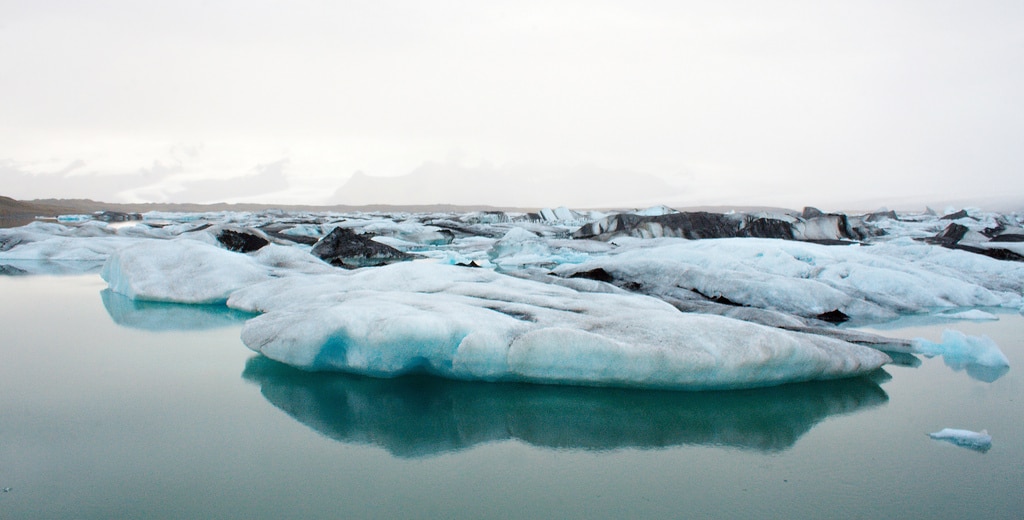It was one of those unique and powerful moments experienced by those working on climate change issues, and one Ian Mauro won’t easily forget.
The Canadian filmmaker and environmental scientist was facilitating a passionate discussion between preeminent climate scientists and members of one the world’s northernmost communities, the Inuit. All had just finished watching Mauro’s film, Qapirangajuq: Inuit Knowledge and Climate Change (2010), the first Inuktitut-language documentary showing how climate change is being experienced in Canada’s Arctic.
“We had Inuit speaking to Zach [co-filmmaker Zacharias Kunuk] in Inuktitut and I was speaking to scientists in English and…it was happening,” Mauro told Climate Access in a recent interview. “We were having a very deep conversation about the state of the world, the way in which we understand it, the [climate] impacts that are happening and how we deal with it across knowledge systems, across languages and across these situations that aren’t often reconciled.”
Though it took place a few years ago, the conversation Mauro describes is an example of how stories about the lived experience of climate change are changing the way people – scientists, policy makers, affected communities and the public in general – think about the earth’s rising temperature and work together to find solutions.
“When you can bring climate change down to that human scale, to a person saying this is how it’s affecting me, I think it really has a cogent impact on those people that witness that experience.”
Qapirangajuq was the first of three media efforts by the filmmaker to raise awareness about climate change through the stories of those directly affected. The second film, which toured across Canada with David Suzuki earlier this year, features accounts from more than 100 experts and local knowledge holders who were interviewed in Atlantic Canada. The third is currently being shot in British Columbia.
All are part of a growing genre of media – including the recent television series Years of Living Dangerously – that seeks to spotlight the firsthand experiences of those impacted by climate disruption. By broadcasting voices not typically heard in a discourse dominated by science, Mauro says his work is helping contextualize technical climate data in a way that makes it real and relevant for his audiences.
In the case of Qapirangajuq, the film didn’t just raise awareness among the public. The stories of those interviewed also helped scientists better understand the range of unique and dramatic climate impacts taking place. Mauro explained that observations of how the sun, moon and stars were shifting – described by elders across Nunavut – enabled atmospheric scientists to confirm a hypothesis about global warming’s ability to produce visual distortions.
“These refraction events had been known to occur, but never had the scientific community known they were happening broadly across a geographic area, across populations, and that they were being observed and connected back to climate change,” Mauro said. “And those local knowledge holders were the first people to identify that this had happened.”
Through the process of making the film, Inuit community members were also able to put their observations into context and connect them to climate change – part of a co-discovery process theoretically known as participatory action research. Part of what makes Mauro’s approach so effective is that he focuses on history and experience, encouraging interviewees to describe what they’ve witnessed over time.
“At the end of an interview someone might say you know what, I have been seeing climate change over the past 50 years but I didn’t realize it.”
LESSONS LEARNED
- Accounts from people who are witnessing climate change can be a powerful complement to – and confirmation of – scientific data.
- Engaging those impacted can help build local-level understanding of what is being observed and why it is happening.
- Storytelling approaches broaden the field of people who can illuminate the climate crisis and current solutions.
- Building trust through genuine listening is a critical component of working with impacted communities, particularly those whose voices are typically not part of the existing climate discourse.
image via (cc) flickr Robert Parviainen


